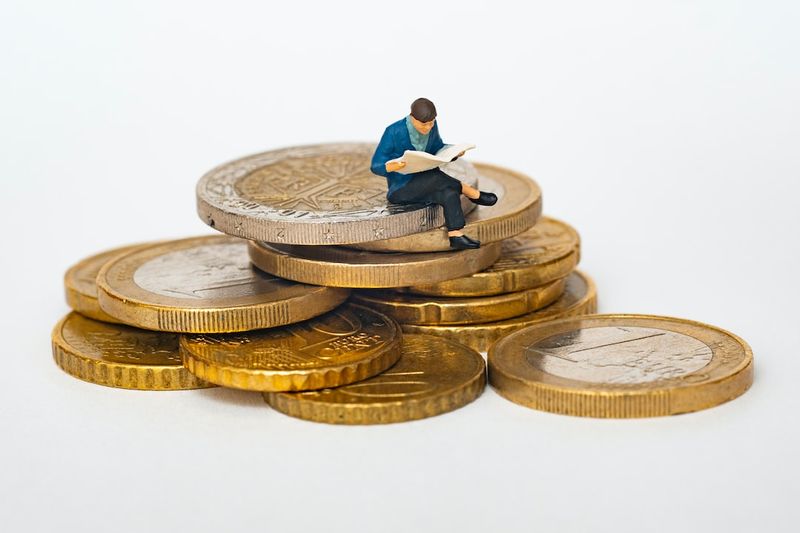Inflation on the Rise in Australia: Impact of Higher Fuel Prices
Introduction
Australia‘s inflation rate increased by 1.2% in the September quarter, driven by higher fuel prices. The rise in the consumer price index (CPI) has exceeded economists’ expectations and has raised speculations about a potential increase in interest rates by the Reserve Bank. This report examines the factors contributing to the rise in inflation and discusses the implications for the Australian economy.
Factors Driving Inflation
The Australian Bureau of Statistics reported that the headline CPI rose 1.2% in the July-September period, up from 0.8% in the previous quarter. The significant increase in automotive fuel prices, which witnessed a 7.2% rise, was the key driver of inflation. Additionally, rents increased by 2.2%, electricity costs rose by 4.2%, and the price of new homes increased by 1.3%. Fuel prices surged the most since the start of Russia’s invasion of Ukraine in the first quarter of 2022.
Implications for the Reserve Bank
The higher-than-expected inflation rate has put pressure on the Reserve Bank to consider raising interest rates. The RBA has maintained the key interest rate at 4.1% for the past four months. However, economists predict that the central bank may increase the cash rate by 25 basis points in November. ANZ, CBA, and NAB, three of the major banks, have revised their outlook and now forecast a potential rate hike. In her recent speech, RBA Governor Michele Bullock mentioned that the bank would not hesitate to raise interest rates if there is a significant upward revision to the inflation outlook.
Economic Outlook and Analysis
The trimmed mean inflation measure, which excludes volatile price movements, also rose by 1.2% in the September quarter, compared to 0.9% in the previous quarter. While the annual inflation rate eased to 5.4% from 6.0% in the June quarter, it still remains well outside the RBA’s target range of 2%-3% over time. The increase in inflation has led to a rise in the Australian dollar, indicating investor expectations of a potential rate hike by the central bank.
On a positive note, both goods and services are experiencing slower price growth compared to a year ago. Services inflation dropped for the first time since the December quarter of 2021 due to price falls in holiday travel and accommodation and reduced childcare costs. Fruit and vegetable prices also experienced a decrease of 3.7%, contributing to the overall food price increase of 0.6% for the quarter.
Editorial and Advice
The rise in inflation presents both challenges and opportunities for the Australian economy. Higher fuel prices and other cost increases may lead to a burden on households and businesses, affecting their purchasing power and profitability. However, a controlled inflation rate can be a sign of economic growth and can provide the Reserve Bank with the flexibility to address any potential economic downturn in the future.
It is crucial for businesses and individuals to monitor their expenses and adjust their budgets accordingly. As inflation pressures persist, individuals should consider prudent spending and explore opportunities for saving and investments. Businesses may need to reassess their pricing strategies to navigate market dynamics. Moreover, the Reserve Bank must carefully analyze the impact of interest rate hikes on the overall economy, including households, businesses, and lending institutions.
Government intervention to ease cost-of-living increases, such as rent assistance and energy bill relief fund rebates, have helped mitigate the effects of rising inflation. However, policymakers must continue to evaluate the effectiveness of these interventions and explore additional measures to support households and businesses.
Conclusion
The rise in inflation, driven by higher fuel prices, poses challenges for the Australian economy. It increases the pressure on the Reserve Bank to consider raising interest rates in order to control inflation. However, it is important to balance the need for economic stability with the potential impact on households and businesses. Prudent financial management and government interventions can help mitigate the effects of rising inflation and support a resilient economy.

<< photo by Mathieu Stern >>
The image is for illustrative purposes only and does not depict the actual situation.
You might want to read !
- “Surging Prices Persist: Heightened Rate Hike Concerns Mount”
- Devin Booker’s Dazzling Display Leads Suns to Victory: Warriors vs. Suns Final Score and Results
- Warriors Clash with Suns: Injury Report and Implications for the Battle on the Court
- Ed’s Take: UFC 295 Headliner Cancelled as Jon Jones Suffers Injury Blow – ESPN
- “BREAKING: UFC thrown a curveball as Jon Jones succumbs to yet another injury setback”
- Frances Bean Cobain and Riley Hawk: Embracing the Next Generation of Dynasty
- Inflation Ignited: Australia’s September Quarter Sees 1.2% Surge
- Lakers suffer double-header defeat: A blow to their winning streak
- Cameron Happ’s Expert Picks for Geelong Cup Day
- 16 Explosive Revelations from Britney Spears’s New Memoir ‘The Woman Within Me’
- Arson Squad Probes String of Blazes Raging in Kings Park




